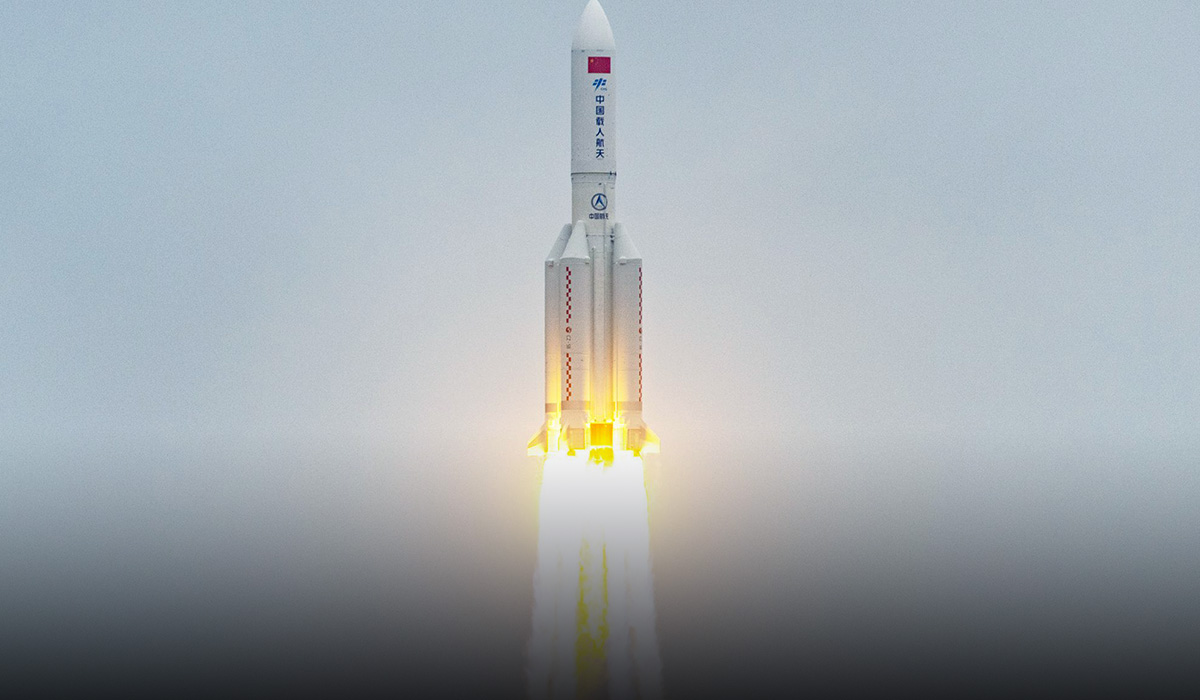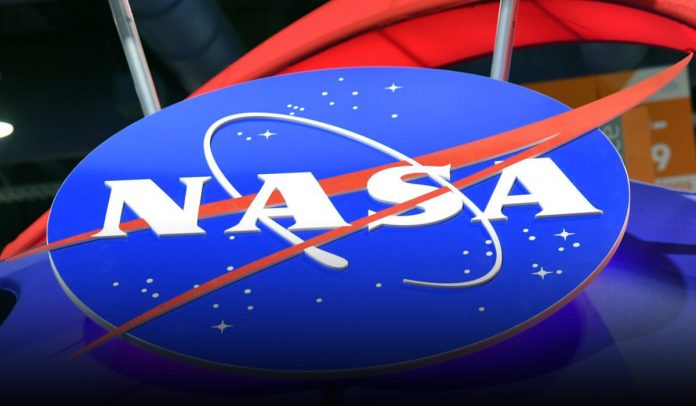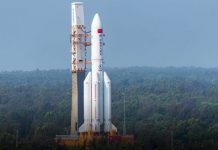The National Aeronautics and Space Administration (NASA) has criticized Beijing for its failure to meet responsible standards after debris from its uncontrolled rocket likely rushed into the Indian Ocean on Saturday night.
Senator Bill Nelson, NASA’s Administrator, said in a statement released Sunday on the US space agency’s website that space-faring countries must curtail the risks to property and people on Earth of re-entries of space objects and maximize transparency regarding these operations. Moreover, he said that Beijing is failing to meet responsible standards regarding their space debris.
However, most of the massive Long March-5B rocket burned up on re-entering the Earth atmosphere, the China Manned Space Engineering Office (CMSEO) said in a post on WeChat, before debris’ landing just west of the Maldives. It was uncertain if any debris had landed on the atoll island nation.
NASA Administrator @SenBillNelson on debris from the Chinese Long March 5B rocket: “Spacefaring nations must minimize the risks to people and property on Earth of re-entries of space objects and maximize transparency regarding those operations.”
More: https://t.co/YUW0cB96he pic.twitter.com/ZxSDm035vA
— NASA (@NASA) May 9, 2021
Also, the United States Space Command stated that the Long March 5, also known as Chang Zheng 5, had re-entered atmosphere over the Arabian Peninsula.
The rocket, roughly 32m (108 feet) tall and weighs almost 21 tons, had launched a part of a new Chinese space station into orbit on 29th April. After its fuel was used up, the rocket had been left to hurtle through space out-of-control until planet Earth’s gravity dragged it back to the ground.
The international space community generally efforts to avoid such situations. Most rockets used to lift the objects like satellites into space conduct more controlled re-entries that aim for the ocean, or they’re left in purported graveyard orbits that keep them in space for many years or even centuries.
However, an astrophysicist at the Astrophysics Center at Harvard University, Jonathan McDowell, said the CZ-5 rocket is designed to leave these big stages in low orbit.
In this particular case, it was impossible to be sure exactly when or where the booster would land.
The European Space Agency (ESA) had predicted a risk zone that encompassed any part of Earth’s surface between about 41.5oN and 41.5oS latitude, which included nearly all of the Americas south of New York, Australia, and all of Africa, parts of Asia south of Japan and Europe’s Spain, Greece, Italy, and Portugal.
The risk to inhabited land areas wasn’t insignificant. Still, providentially the vast majority of Earth’s surface area is consumed by waters, so the odds of avoiding a fatal run-in were slim.
China’s Long March-5B rocket is one of the most oversized objects in recent remembrance to strike the Earth after falling out of orbit, following the 2020 re-entry of an 18-metric-ton Long March 5B rocket and a 2018 event in which a piece of a Chinese space lab broke up over the Pacific Ocean.
In spite of recent efforts to better regulate and mitigate space debris, Earth’s orbit is littered with thousands of pieces of out-of-control junk, most of which are smaller than ten centimeters.

Source: Web
Objects are continually falling out of orbit, though most pieces burn up in the atmosphere before having a chance to make an effect on the surface. But the parts of more massive objects, like the Long March-5 rocket in this instance, could survive re-entry and threaten constructions and people on the ground.
McDowell said that norms had been established. He added there is no international law, nothing specific, but the practice of nations worldwide has been, ‘Yeah, for the larger rockets, let’s not leave our trash in orbit.’
Read Also: Chinese state Media says Long March 5B rocket crashes into Indian Ocean








